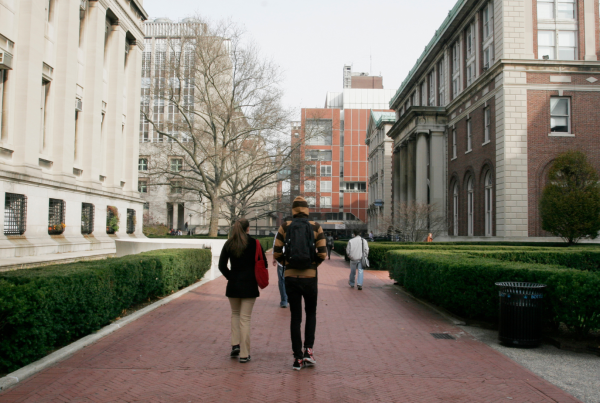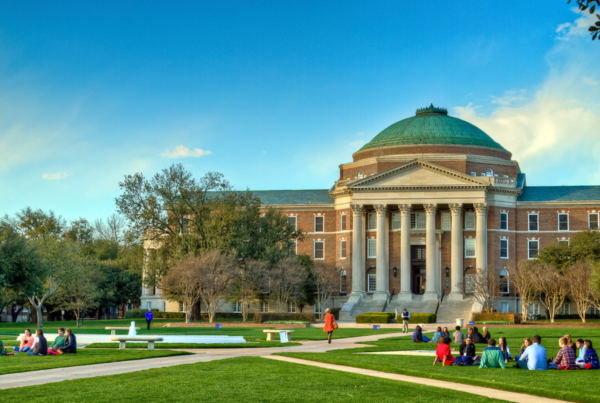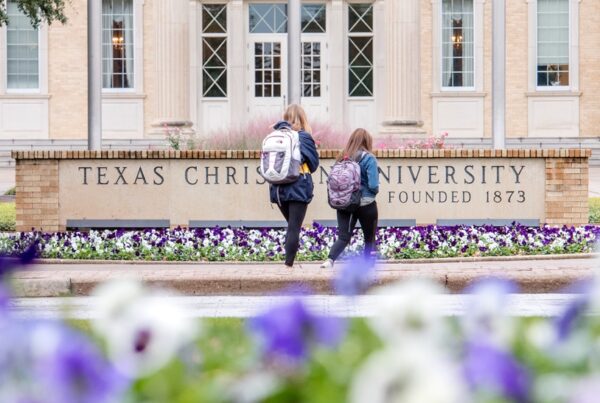 By Brenda Ward
By Brenda Ward
The past month, we’ve probably all read stories about college admission! Many of these articles focused on how competitive college admission has become, and to some extent this is true. This year, there were 17 colleges that admitted fewer than 10% of their applicants. But what’s also true is that many colleges do not have admission rates in the stratosphere, and many colleges with reasonable admission rates offer special programs that provide exceptional educational experiences. Here are some ideas for exploring good college options that often get overlooked:
Looking at big colleges? Consider an honors program to elevate the experience.
Honors programs and honors colleges provide smaller communities and specialized classes at large institutions with strong academic reputations, stellar faculty, and exceptional facilities. Some of these programs are residential while others are not, but all provide advantages, including more personal advising, high achieving classmates, co-curricular and interdisciplinary opportunities, and smaller classes led by professors. Here are some honors programs and colleges that are worth a look: Delaware Honors Program, Illinois Campus Honors Program, Hultan Honors College at Indiana, Clark Honors College at Oregon, University Honors Program at Minnesota, Schreyer Honors College at Penn State, South Carolina Honors College, and Vermont Honors College. There are many others!
Consider liberal colleges.
Liberal arts colleges get fewer applications. For comparison, let’s take two neighboring colleges with similar admission rates: UPenn received 44,260 applications this year while Swarthmore received 11,400. Liberal arts colleges are often less familiar, in part because there are no grad schools and no big time sports. Students don’t watch at liberal arts colleges; they participate–in class, clubs, the arts, and sports! Liberal arts colleges may be small, but their students form lasting friendships with peers and faculty, building networks that provide life-long benefits. Liberal arts colleges boast highly qualified faculty dedicated to teaching. They have excellent track records for getting students into graduate and professional programs. Most of these colleges also offer an array of study abroad and domestic programs along with exceptional internship opportunities to get the student off-campus for a semester or two.
Look for programs that differentiate the college.
Most colleges have departments, centers, or programs that distinguish them in some way. When students find programs that are a perfect fit for their interests, they’ve found a college that belongs on their list! Here are just a few examples of such programs:
College of Creative Studies, UC-Santa Barbara
The 385 intellectually curious students in this program enjoy an exceptional faculty-to-student ratio and a choice of 8 wide-ranging majors. Students also enjoy the benefits of a large research university.
Western College, Miami University of Ohio
This college offers majors and minors in individualized studies. With a rich history of addressing challenges of social justice, the College just launched the Western Center for Social Impact and Innovation, an interdisciplinary program that focuses on themes in two-year cycles.
Altman Program in International Studies and Business, Tulane University
Students in the Altman Program earn two degrees–a B.A. from the School of Liberal Arts and B.S.M. from the School of Business. The program combines coursework in the liberal arts, business, and languages and includes two study abroad experiences.
Learning Effectiveness Program, Denver University
This program offers students with learning differences an array of support services, including weekly one-on-one academic counseling, subject tutoring, executive functioning support, and peer mentoring.
First Wave, UW-Madison
A selective, one-of-a-kind program, First Wave offers a curriculum focused on urban arts, the spoken word, and hip-hop culture. Its three pillars are academics, arts, and activism.
Johnston Center for Integrative Studies, University of Redlands
Another small program for independent, creative, and active students, the Johnston Center is a community with its own residence halls, faculty offices, classrooms, and coffee house. New courses and seminars are added yearly and designed by students and faculty working together.
Five College Consortium
Students at any of the colleges in the Consortium may take classes at the other cooperating campuses. These include Amherst College, Hampshire College, Mount Holyoke, Smith, and UMass-Amherst. The campuses are linked by a free bus service, and students are never more than a half hour from another campus to take a class, join an intramural club or socialize. Similar agreements exist between other colleges and universities, e.g. Barnard and Columbia.
So many options! That’s why it’s essential for students to do the research. They might find their best fits when they look beyond the rankings and dig deeper into college websites and other resources. They may find their hidden gem!





